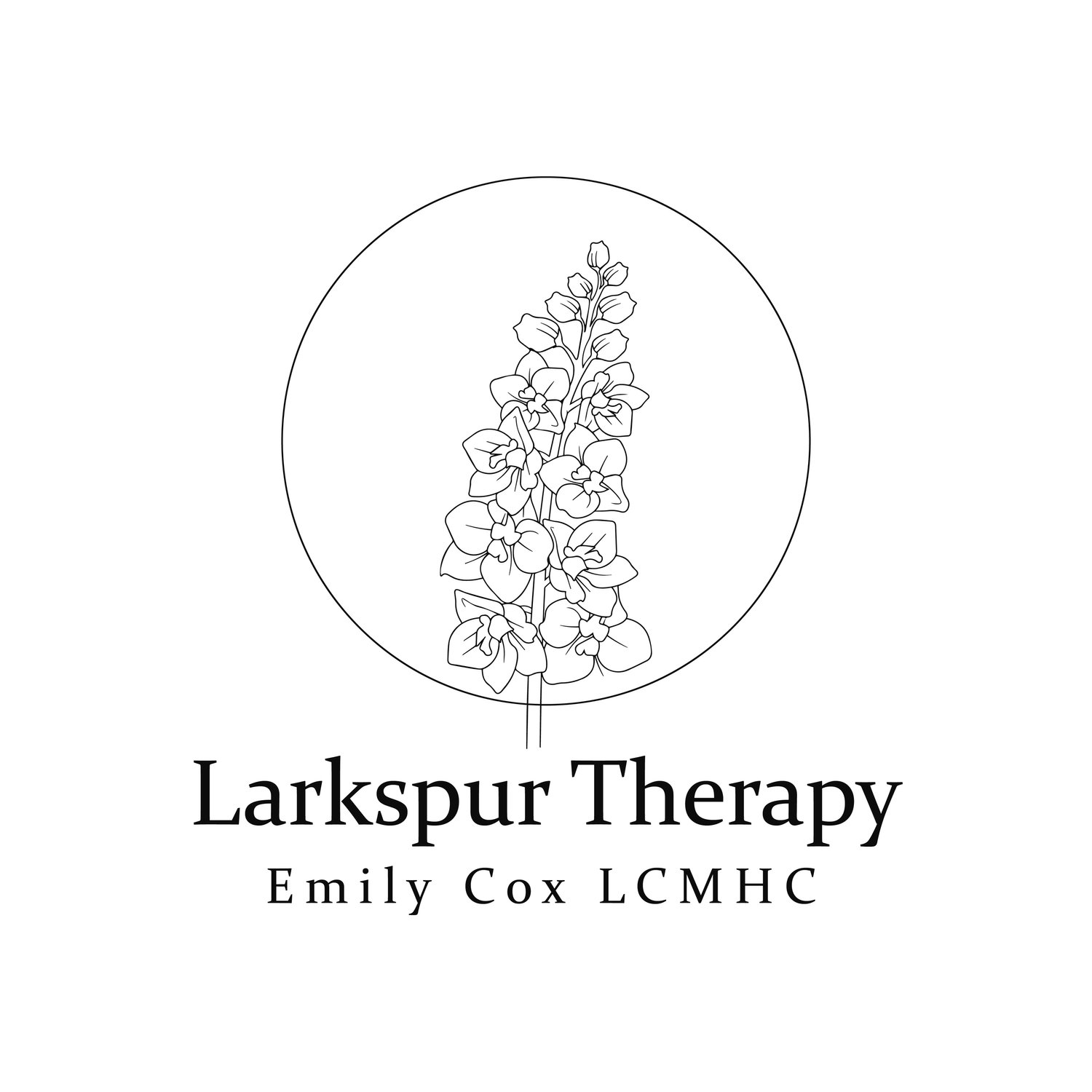The Wound Won’t Close
Sometimes scary things can happen. For some, traumatic experiences like a car accident or physical violence can happen but not leave a lasting impact. For others, trauma symptoms can linger and have a huge impact on daily life. Trauma can impact adults and children, affecting emotional well-being, development, relationships.
Therapy provides a safe space for folks to confront and process traumatic experiences, enabling them to gradually unravel the emotional knots that bind them. Through compassionate guidance and evidence-based techniques, therapy helps untangle the complex web of thoughts, feelings, and sensations associated with trauma. By fostering insight, resilience, and adaptive coping strategies, therapy empowers individuals to reclaim their sense of agency and rewrite the narrative of their lives, moving from a place of anxiety, fear, and pain to one of strength and healing.
For some, traditional talk therapy is not effective for fully addressing trauma symptoms. Talking in detail about traumatic events or memories can be difficult, upsetting, and sometimes re-traumatizing. However, therapy options like Eye Movement Desensitization and Reprocessing (EMDR) offer a ray of hope, providing effective treatment.
What Is EMDR Therapy?
EMDR therapy is a structured approach that helps individuals process traumatic memories and negative emotions by integrating bilateral stimulation. Bilateral stimulation is activating both sides of the body, usually in the form of side-to-side eye movements, taps, buzzes, or sounds. Developed for treating PTSD in combat veterans, EMDR has gained recognition as a powerful therapeutic technique for addressing various psychological concerns.
Can EMDR Work for Children and Teens?
Adapting EMDR therapy for children and teenagers involves specialized techniques to best fit developmental stages and unique needs. Therapists employ age-appropriate language, creative methods, and play therapy to establish rapport and create a safe environment for the young clients. Many children and teens can find EMDR therapy just as beneficial as adults clients.
Traumatic experiences can profoundly affect children and teens, leading to a range of emotional and behavioral difficulties. EMDR therapy helps them reprocess traumatic memories, reducing the distress associated with these events. By desensitizing the impact of trauma, EMDR enables young individuals to regain a sense of control over their thoughts and emotions, fostering resilience and empowerment. EMDR therapy can also be particularly helpful with children due to lowered focus on describing the traumatic events and more emphasis on adaptive patterns and coping skills. Many children find it helpful to not have to discuss or describe the scary things and still find healing and release.
EMDR therapy targets the underlying causes of cognitive patterns, supporting young clients in identifying and re-framing negative beliefs and patterns of thinking. Through the dual focus on past experiences and present symptoms, EMDR equips children and teens with coping strategies and emotional regulation skills, enabling them to manage anxiety and depression more effectively.
The EMDR Process
EMDR Therapy uses eight phases as part of the treatment protocol.
1. History Taking
In this phase, the therapist gathers information about the child's or teen's history, including traumatic experiences, symptoms, and current challenges. The focus of history taking can be more on the struggles the child is experiencing and how they would like to feel instead.
2. Preparation
Establishing trust and building a supportinve and trusting therapeutic alliance are crucial. During prepartion, the therapist educates the child or teen about EMDR, teaches relaxation techniques, and ensures they have coping skills to manage distress. The client can feel empowered to handle distress before starting further EMDR therapy.
3. Assessment
During the assessment phase, therapist and client work together to identify target memories or events to reprocess. These targets are chosen based on their emotional charge and relevance to current difficulties.
4. Desensitization
Using bilateral stimulation, the therapist guides the child or teen in reprocessing the target memories, emotions, and beliefs associated with the trauma. This phase aims to reduce the intensity of negative emotions and promote adaptive resolution.
5. Installation
During installation, positive beliefs and coping strategies are strengthened and integrated to replace maladaptive patterns, fostering resilience and self-esteem.
6. Body Scan
In this phase, the therapist helps the child or teen notice any remaining physical sensations related to the targeted memories and ensures they feel safe and grounded. This is a helpful check for any remaining distress or upsetting sensations.
7. Closure
In the closure phase, the therapist supports the client in reviewing relaxation techniques, discussion of progress, and any potential emerging concerns.
8. Reevaluation
Reevalatuion is critical to check in after completeion of an EMDR therapy process. In these sessions the therapist supports the client reassessing symptoms and addressing any new targets or issues that arise.
EMDR therapy can be a great fit for many child and teen clients. EMDR can produce significant improvements in a relatively short time frame, making it suitable for children and teens with limited attention spans or reluctance to engage in long-term therapy. Unlike traditional talk therapy, EMDR does not require clients to extensively discuss traumatic events, making it less intimidating and more accessible for children and teens. By empowering young clients to reprocess traumatic memories and develop coping skills, EMDR promotes a sense of agency and mastery over their experiences and emotions.
Through its targeted approach and emphasis on empowerment, EMDR equips child and teen clients with the tools they need to navigate life's challenges with resilience and confidence. As we continue to prioritize mental health support for our youth, EMDR therapy stands as an example to the transformative power of healing and growth.
Click below to learn more about EMDR therapy. In person sessions available in Asheville NC, virtual in NC, SC, FL, and VT.

